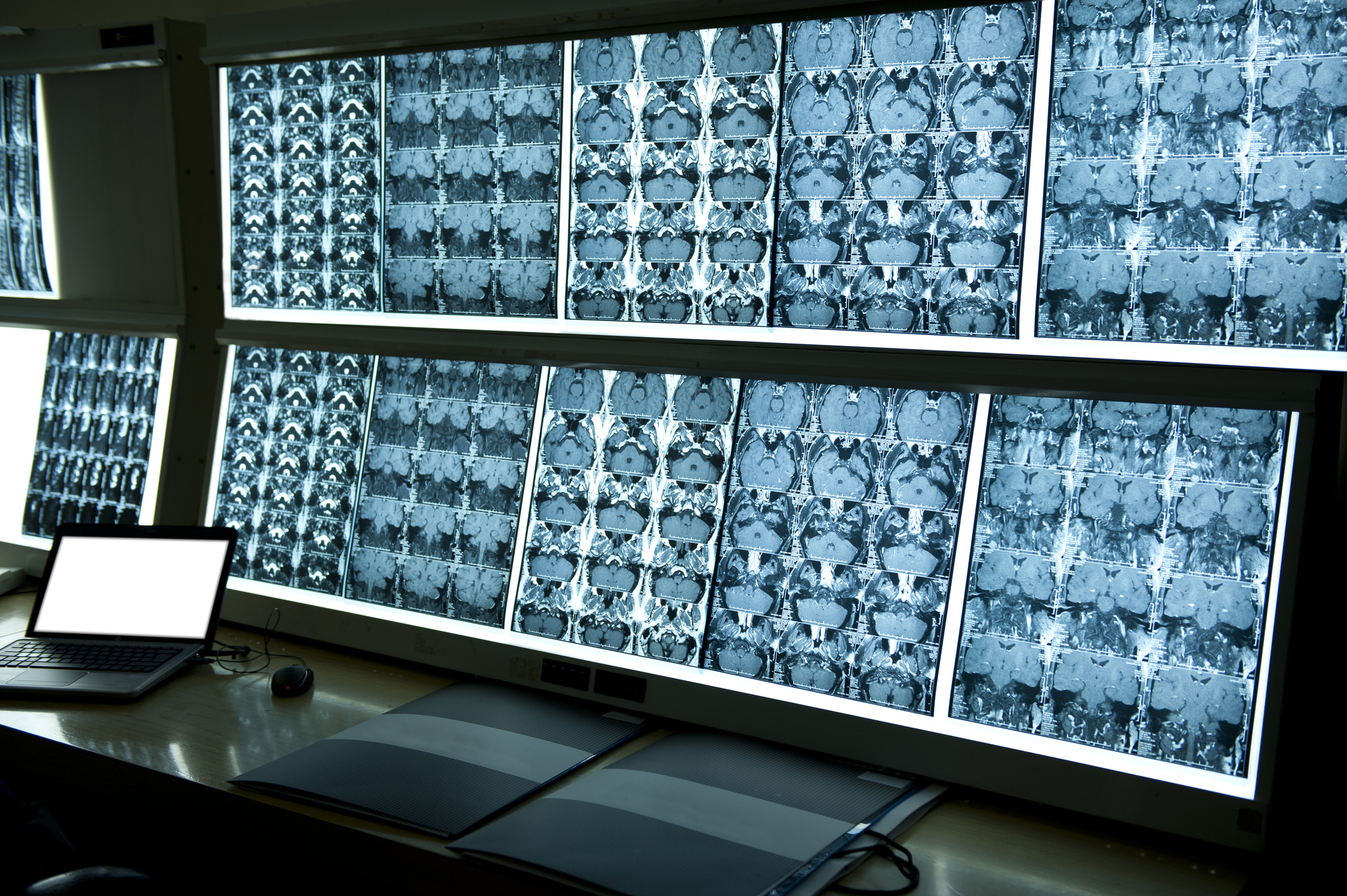Who’s Sleeping the Most and Least in America?
Now’s the time when students of all ages are cramming for end-of-year exams through the wee hours. But it’s not just students sleeping poorly—and it’s not just in May. A health problem that’s been building in America for some time, insufficient sleep was classified as a public health epidemic by the Centers for Disease Control and Prevention in 2016—and continues to be a pain point.
Sleep in American Communities
Now that the American Communities Project (ACP) is bringing its lens to the 2018 County Health Rankings, a Robert Wood Johnson Foundation program, the ever-present problem comes into sharper relief. ACP found that insufficient sleep is an issue in all 15 community types, but it is a matter of degree.
One group stands out for being particularly sleep deprived: the African American South, often found in more rural areas from Virginia through Texas, where African Americans can make up more than 40 percent of the population and the median household income is at the lowest level of all types. Here the insufficient sleep average jumps to 38 percent. These counties show more evidence of other health problems laid out in the rankings, including high rates of obesity (35 percent) and physical inactivity (31 percent). Among the community types, it also ranks highest in income inequality, signaling socioeconomic distress.
On the other end of the scale are more homogenous places. The sharpest example occurs in Aging Farmlands, where the insufficient sleep rate drops to 27 percent. These counties in the Great Plains are home to about 576,000 people, 92 percent of which live in rural areas. They tend to be the oldest and least racially and ethnically diverse places in America, with more than a quarter over age 62 and 96 percent white. A slower, quieter life without work stress may contribute to better sleeping patterns. Graying America—where nearly a quarter of the population is 62 and older, and there’s also less diversity than the nation writ large—the rate holds at 31 percent on average. For that matter, Rural Middle America, where nearly 22 million people live, clocks in at 31 percent as well. These counties are a bit wealthier, more rural, and less diverse on average.
Sleep deprivation is slightly less prevalent in LDS Enclaves at 29 percent. Since the early 2000s, the Mormon Church has devoted some attention in its publications to the importance of sleep and rest.
Aside from LDS Enclaves and Aging Farmlands, the percentage of people in American communities not getting enough sleep remains above 30 percent on average—underscoring that the problem is justified to merit national attention. In fact, many different kinds of communities hover around the one-third figure. In the affluent Exurbs, 33 percent of residents on average report an insufficient amount of sleep. Hispanic Centers and College Towns, both of which have high percentages of youth, stand at 32 percent. Working Class Country, Native American Lands, Big Cities, and Urban Suburbs are at 34 percent.
Why Sleep Matters
Since 2016, the County Health Rankings have included insufficient sleep in a host of measures about one’s life quality and length. The report cites many reasons:
- “Sleep plays a key role in maintaining proper growth and repair of the body, learning, memory, emotional resilience, problem solving, decision making, and emotional control.
- Ongoing sleep deficiency has been linked to heart disease, depression and anxiety, risky behavior, and suicide.
- A lack of sleep can also affect others’ health. Sleepiness, especially while driving, can lead to motor vehicle crashes.”
To obtain a measure, the rankings incorporate a key question from the Behavioral Risk Factor Surveillance System survey: “On average, how many hours of sleep do you get in a 24-hour period? Think about the time you actually spend sleeping or napping, not just the amount of sleep you think you should get.”
Insufficient sleep translates to the percentage of adults who respond that they get less than seven hours of zzzz a night on average. In 2016, about one third of adults reported getting insufficient sleep. In some counties, it was almost one in two residents.
That same year Arianna Huffington’s The Sleep Revolution: Transforming Your Life One Night at a Time debuted and became a national best-seller. In it, she describes collapsing from exhaustion in 2007.
